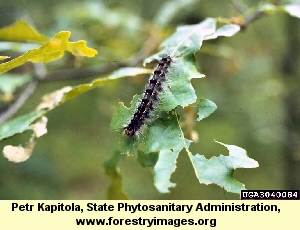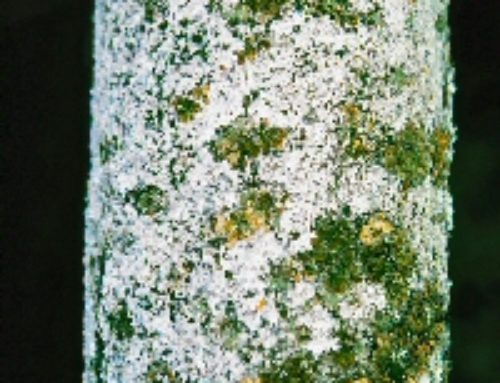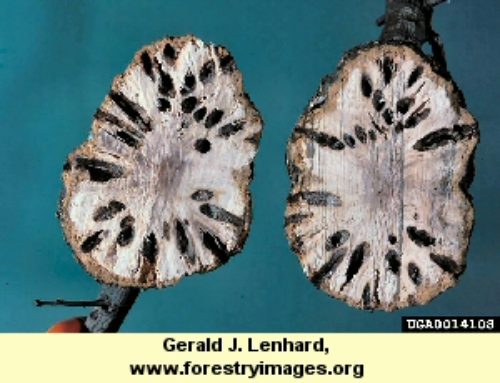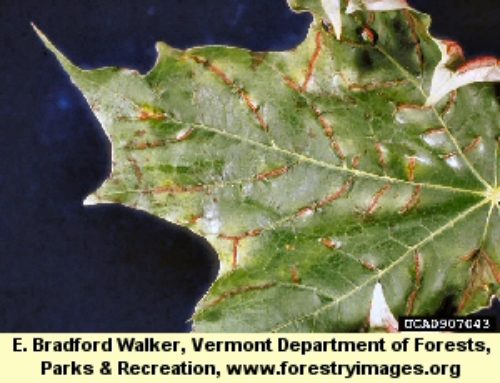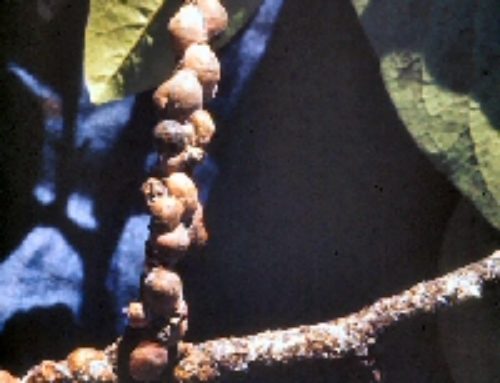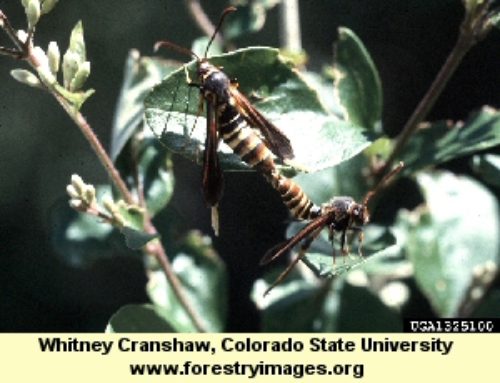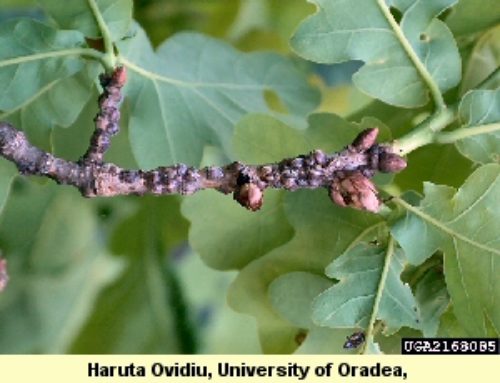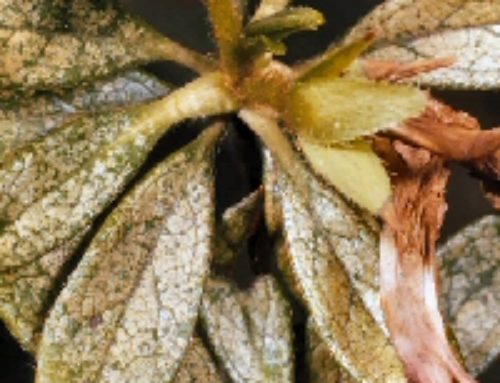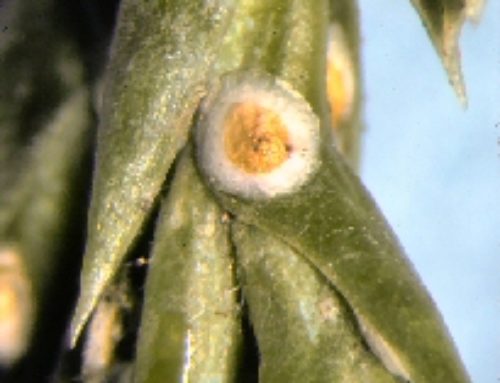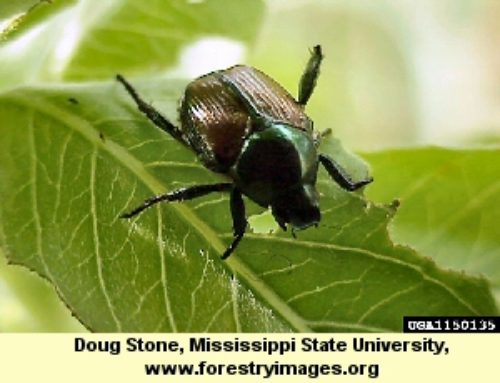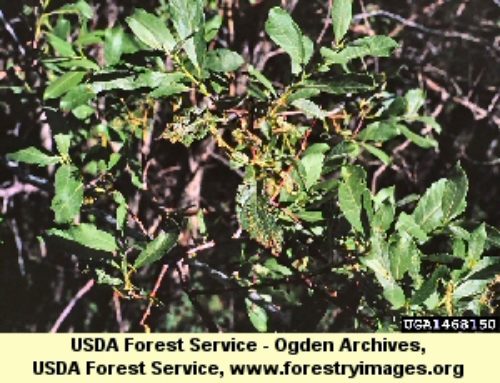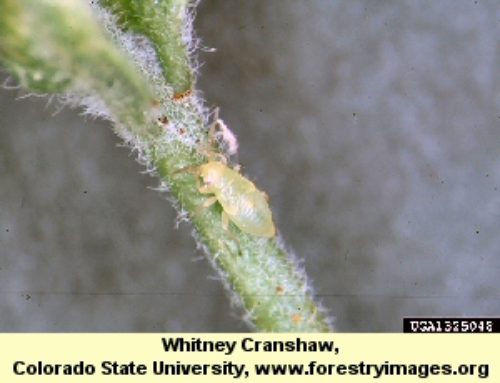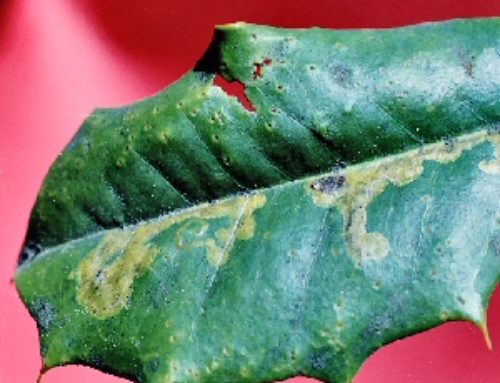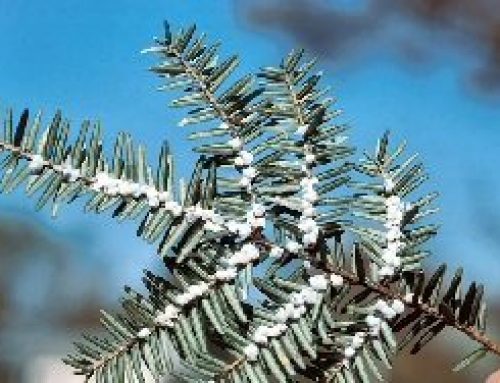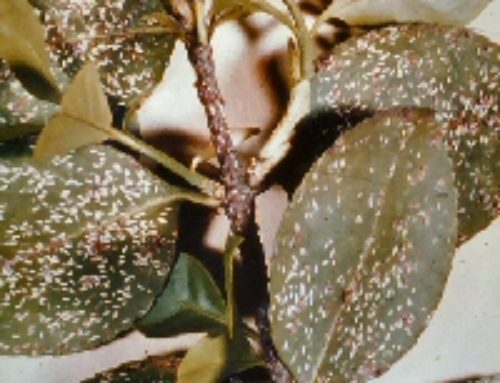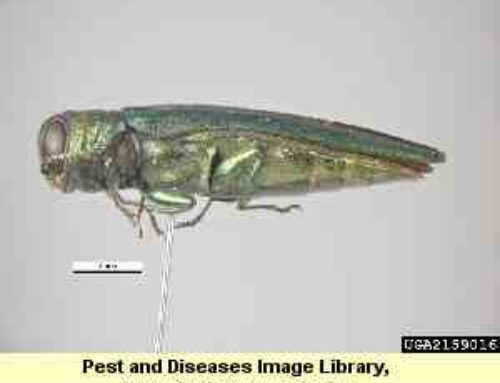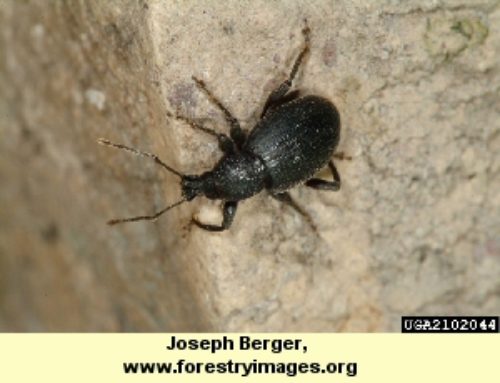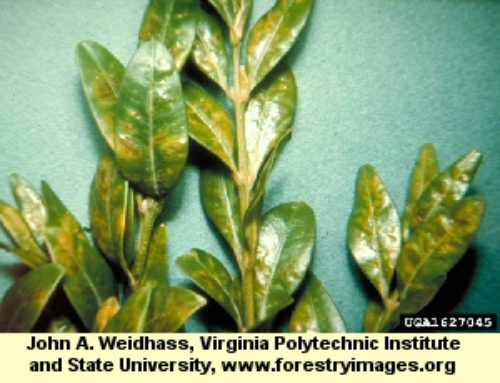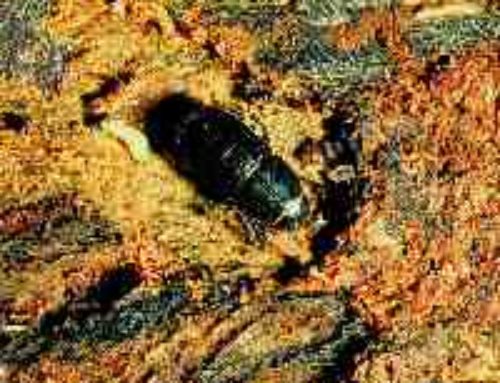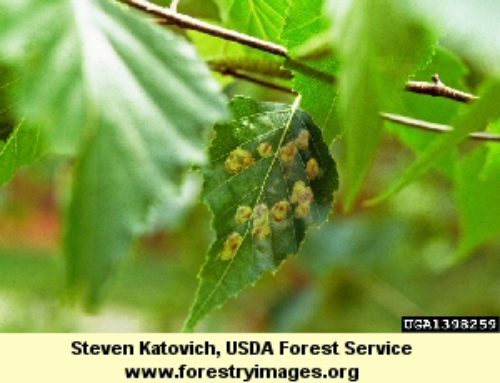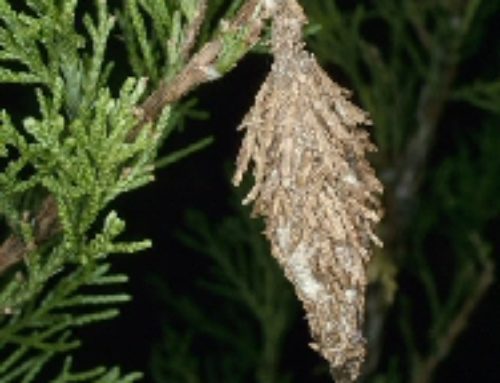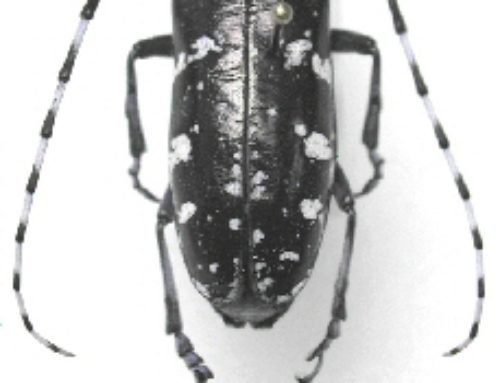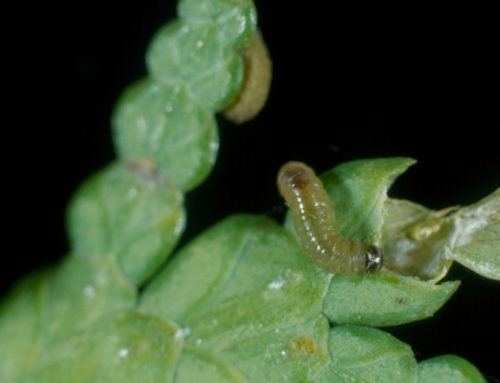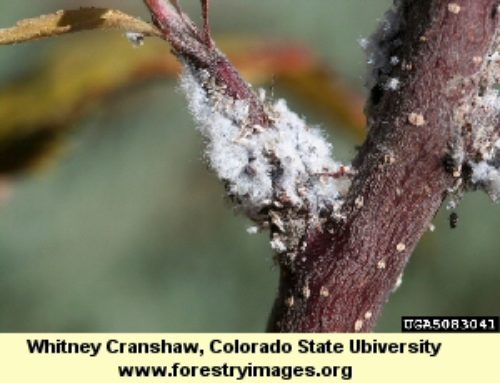Project Description
The gypsy moth caterpillar is the single most important insect pest of forest and shade trees in the eastern United States. The larval or caterpillar stage frequently strips entire trees. Severe defoliation can weaken trees, leaving them more susceptible to other stresses, such as drought, disease, and some other, lethal-insect pests such as borers. Trees that are already weakened may be killed. They feed on leaves of more than 300 species of trees and shrubs. Favorites include oaks, aspens, birches, lindens, sweetgum, crabapples, hawthorns, mountain ash, and willows. Some trees are resistant, including honeylocust, red maple, silver maple, green ash, white ash, dogwood, and tulip tree. Evergreen trees are generally resistant, but blue spruce and white pine are susceptible to defoliation, especially by larger gypsy moth caterpillars. Gypsy moth caterpillars can also be a significant nuisance when populations are high. They have a tendency to aggregate on the sides of homes and other structures, as well as produce large quantities of frass (fecal pellets), which fall from tree canopies onto yards and patios below. Some people, especially children, experience an allergic reaction when they contact the many hairs covering the body of caterpillars. The gypsy moth survives the winter as eggs that hatch just as trees begin producing leaves in April or early May. Eggs are laid in masses which can contain up to 1,000 or more eggs. Each adult female produces only one egg mass which can be attached to trees, rocks, houses, mail boxes, lawn furniture, and just about any other convenient object. Many egg masses are well hidden, and only a small number of the total present can be found, even with the most thorough search. Newly-hatched caterpillars climb into tree canopies and begin feeding. If their first tree is not to their liking, they will produce a silken thread, which can carry them in the wind, like a balloon, to more suitable hosts. Feeding continues throughout the rest of the spring. As it grows, each caterpillar will consume between 25 and 35 leaves. The vast majority of this feeding is done by older caterpillars during the last two weeks of June, sometimes making it appear as if trees are stripped of leaves practically over night. After they have completed feeding, caterpillars enter the pupal stage from which adult moths emerge in 10 to 14 days. Deciduous trees defoliated by gypsy moth are rarely killed. As a rule of thumb, a healthy tree can tolerate three consecutive years of severe defoliation before it is killed. Trees defoliated by gypsy moth will produce new leaves in July after feeding has ended which helps the tree recover. However, defoliation does decrease the energy reserves of the tree, reducing its ability to resist disease and insect pests to which it is normally resistant. Furthermore, defoliated trees are also much more susceptible to the damaging effects of drought. During the summer, trees should receive a combined total of one inch of water per week from rain and irrigation. Trees previously weakened by transplanting, drought, or other insects may be killed by gypsy moth defoliation. Evergreen trees, on the other hand, are frequently killed by one severe defoliation. Spray treatments are absolutely necessary, often two or more starting in mid-May

